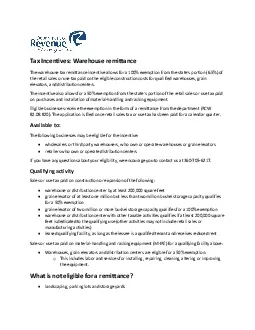PPT-Chapter 4 Tutorial Q3 Suppose that a data warehouse consists of the three dimensions
Author : lois-ondreau | Published Date : 2018-10-26
time doctor and patient and the two measures count and charge where charge is the fee that a doctor charges a patient for a visit a Enumerate three classes
Presentation Embed Code
Download Presentation
Download Presentation The PPT/PDF document "Chapter 4 Tutorial Q3 Suppose that a dat..." is the property of its rightful owner. Permission is granted to download and print the materials on this website for personal, non-commercial use only, and to display it on your personal computer provided you do not modify the materials and that you retain all copyright notices contained in the materials. By downloading content from our website, you accept the terms of this agreement.
Chapter 4 Tutorial Q3 Suppose that a data warehouse consists of the three dimensions: Transcript
Download Rules Of Document
"Chapter 4 Tutorial Q3 Suppose that a data warehouse consists of the three dimensions"The content belongs to its owner. You may download and print it for personal use, without modification, and keep all copyright notices. By downloading, you agree to these terms.
Related Documents














